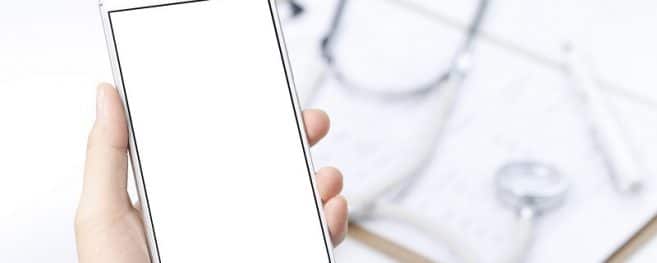How Mobile Health Clinics Make Care More Accessible to Vulnerable Patients

Mobile health clinics have been used for decades, particularly in the developing world, in order to provide low or no-cost care to vulnerable populations. Due to the healthcare situation in the US, they number about 2,000 as of 2017.
A CDC report found that about 17% of patients do not have access to a place where they can regularly get care, regardless of their insurance. As a result, millions of people are not able to get care from a primary care physician, nor do they have much access to preventative care. Ultimately, the healthcare system has to eat the costs associated with this. Patients without access to preventative or primary care may end up with an emergency acute condition that could have been prevented.
Healthcare marketing trends indicate that mobile health clinics may continue to grow in popularity as vulnerable populations grow.
How Mobile Health Management Services work
Mobile health clinics exist for the purpose of providing healthcare services to vulnerable patients that they would otherwise be unable to access. There exist barriers to healthcare access, such as a lack of transportation, a lack of time to utilize these services, cost, and a general distrust of doctors and the American health system.
These mobile clinics are a remarkable way to provide healthcare services to underserved populations. According to Harvard Medical School’s Mobile Health Map, it’s estimated that 6.5 million visits to mobile health clinics occur annually. 60% of patients who use them are uninsured.
The most common services that these mobile health clinics offer are preventative screenings, primary care services, and dental services. These services, often taken for granted by people who get them every year, are highly effective at improving long term health outcomes. Not only that, they’ve been found to be highly cost effective. The average annual operational cost of a mobile program is $429,000 and returns $12 for every $1 invested.
Goals of Mobile Health Clinics
There are three main goals to mobile health clinics. The first is to provide an entry point for access to the healthcare system. Vulnerable populations may have a level of distrust in the system, so an easy, comfortable access point will help them become more engaged in their health.
The second goal is to remove barriers to care that are due to logistics. For example, urban working poor individuals may not be able to take time off work during the time that most clinics are open. Or, they may not be anywhere near an accessible health clinic.
The third goal is to fill the service gap that exists in these communities. People in these communities may not have access due to the factors described above, and these mobile health clinics provide a great way to bridge that gap.
All in all, mobile health clinics or healthcare call centers provide an excellent way to help underserved communities get access to affordable care.





